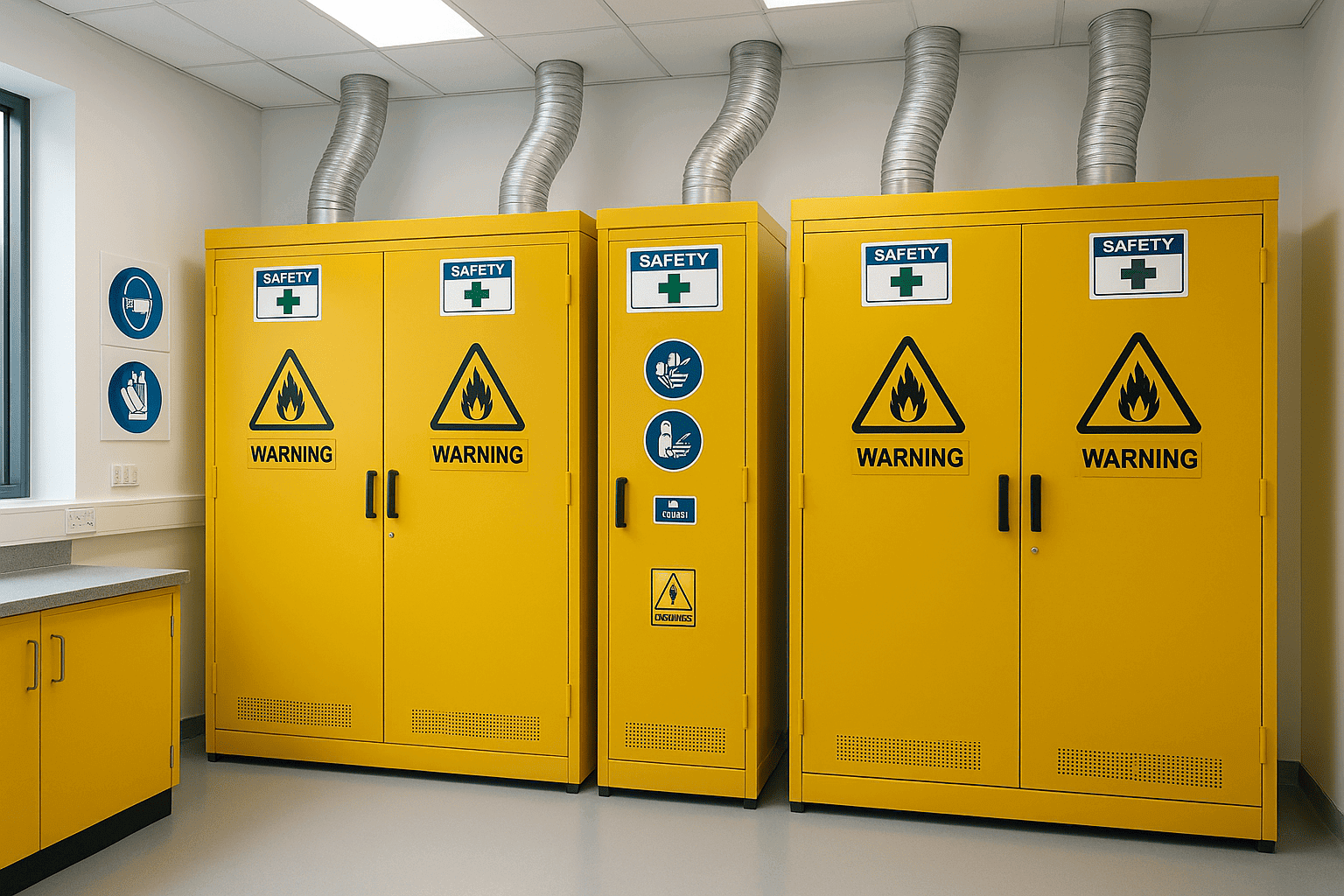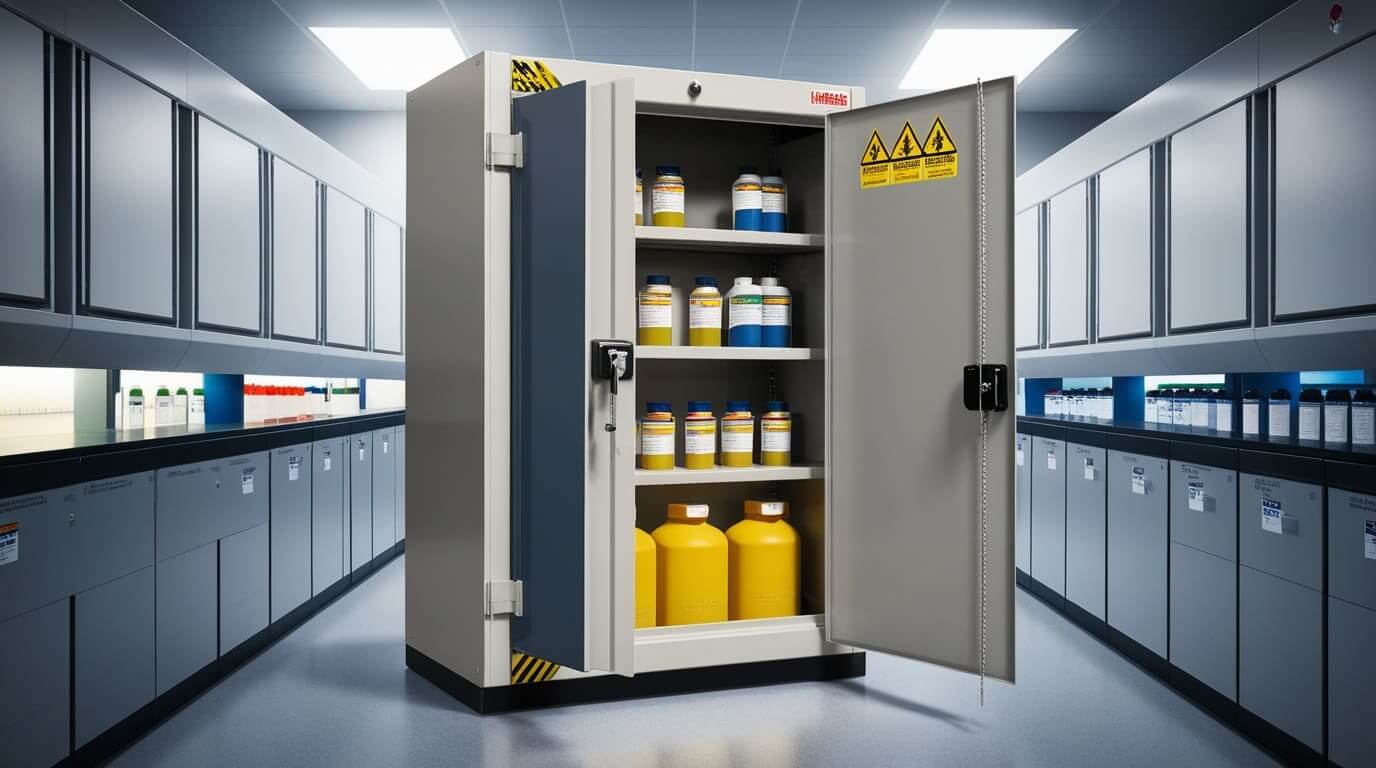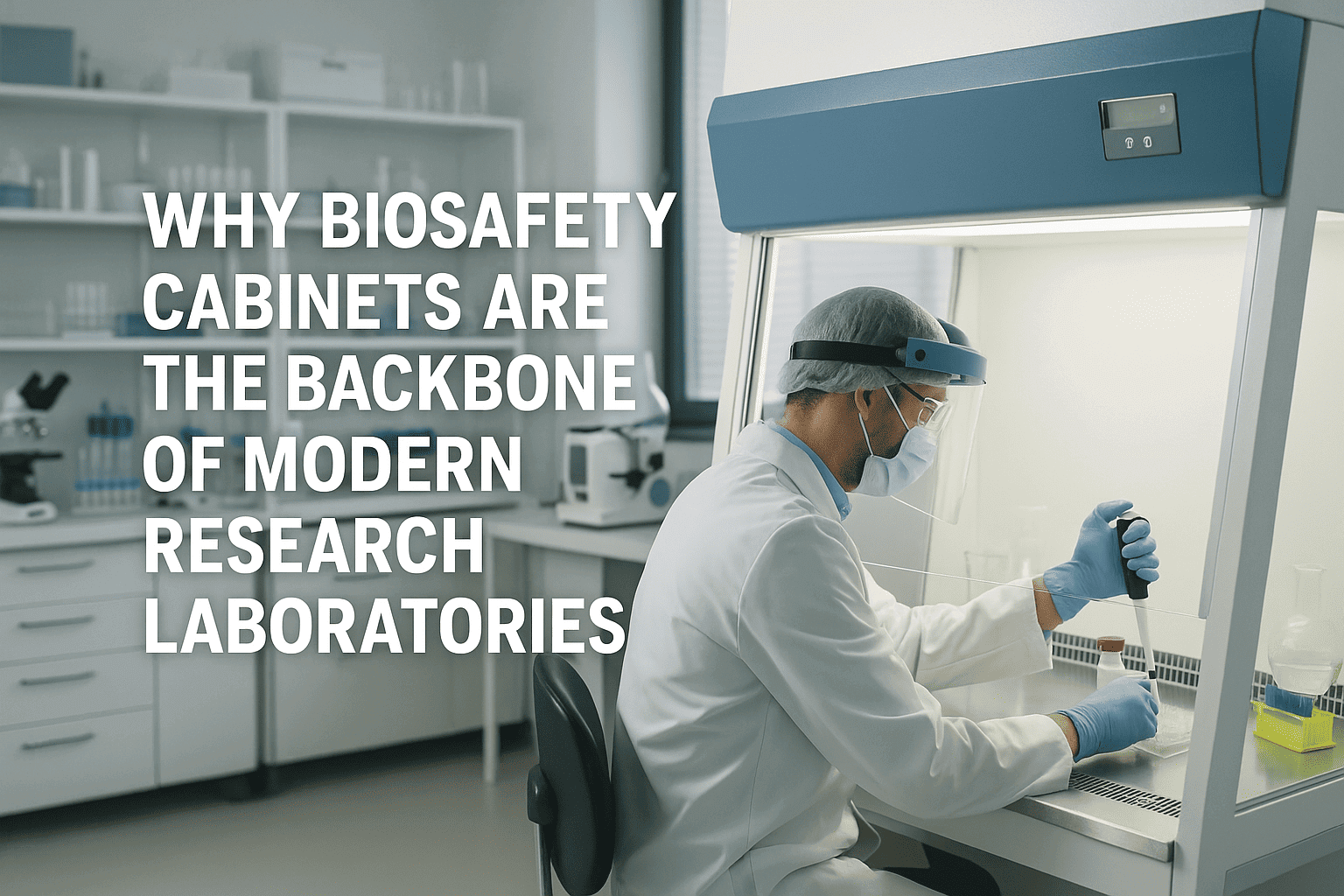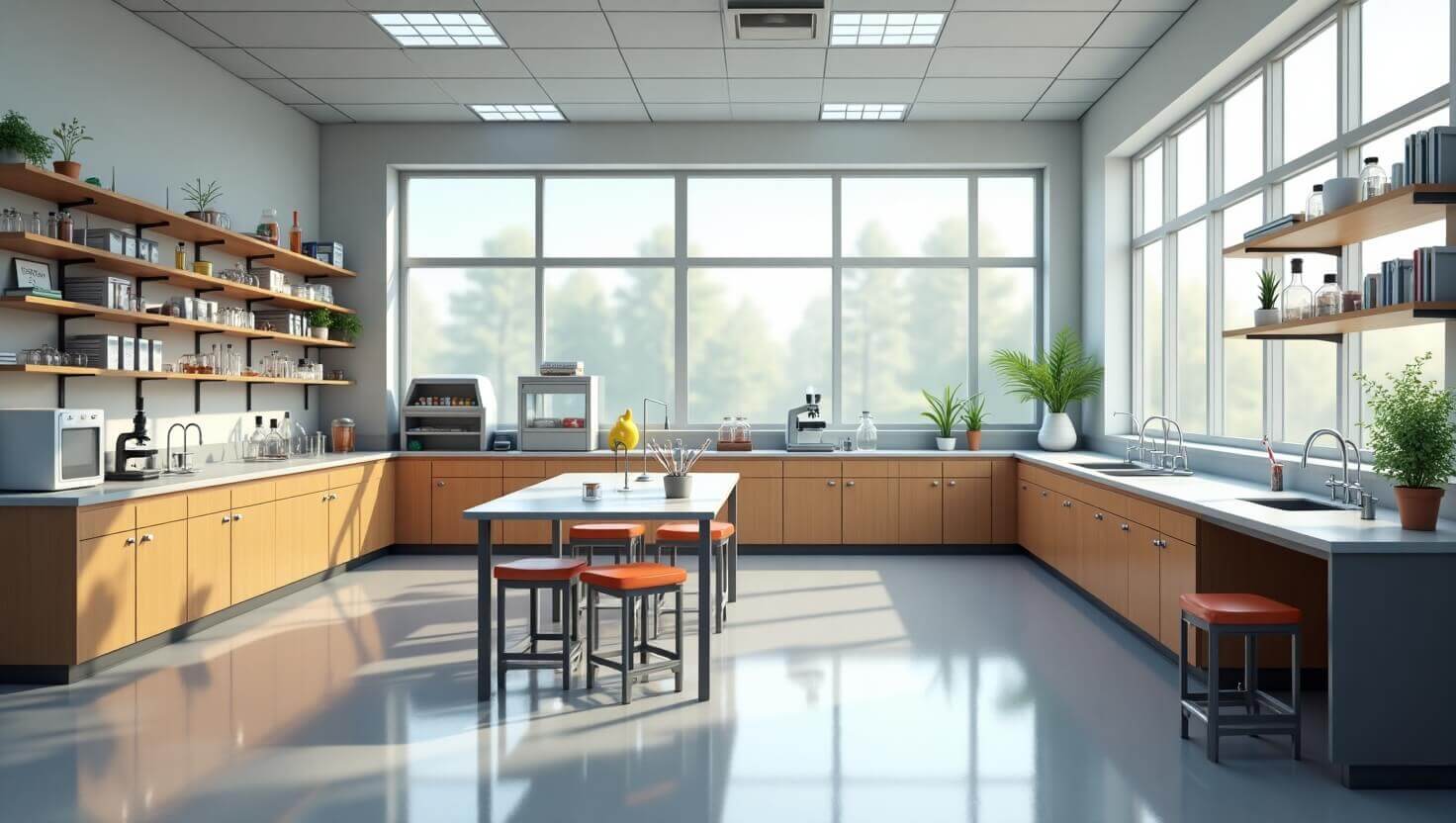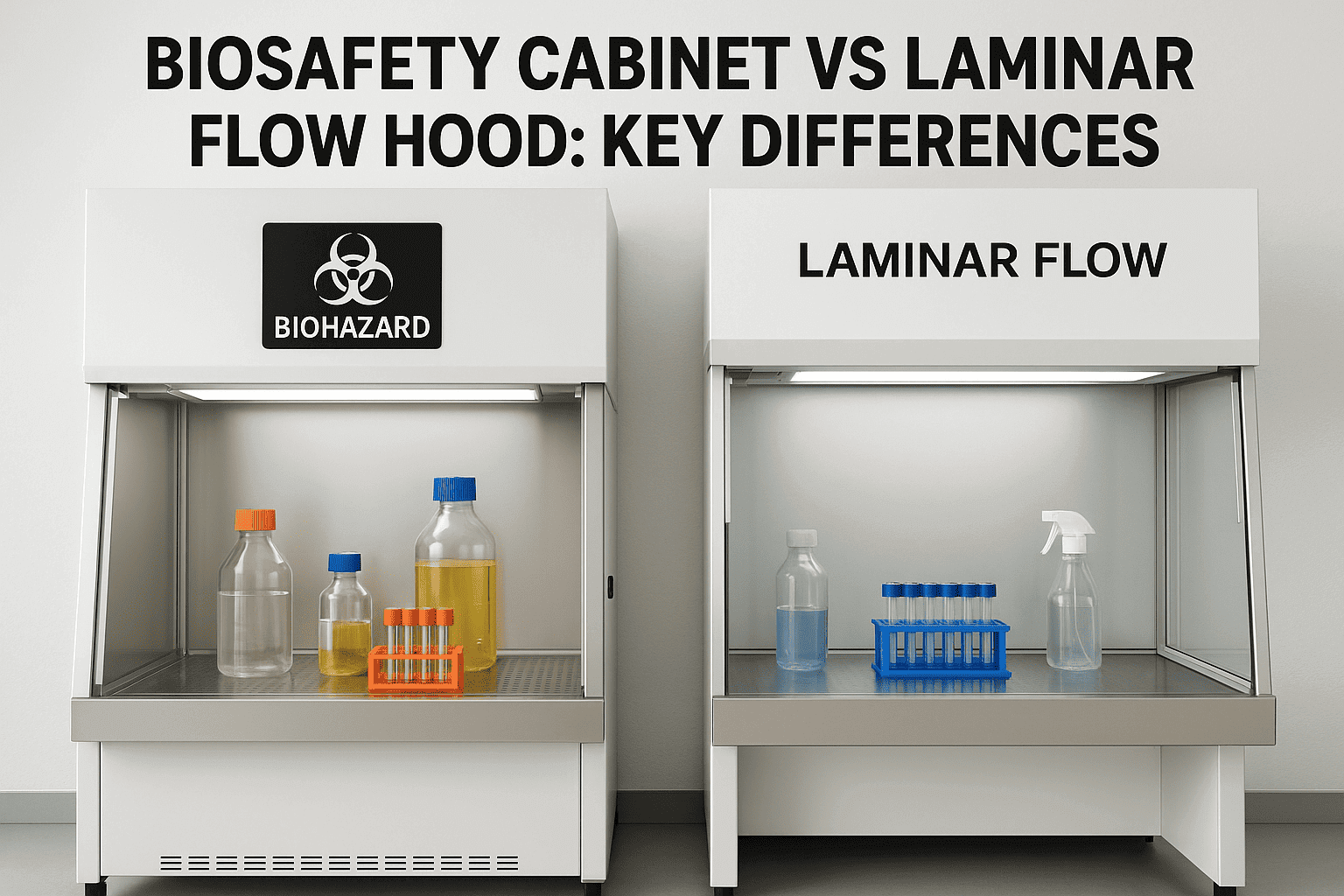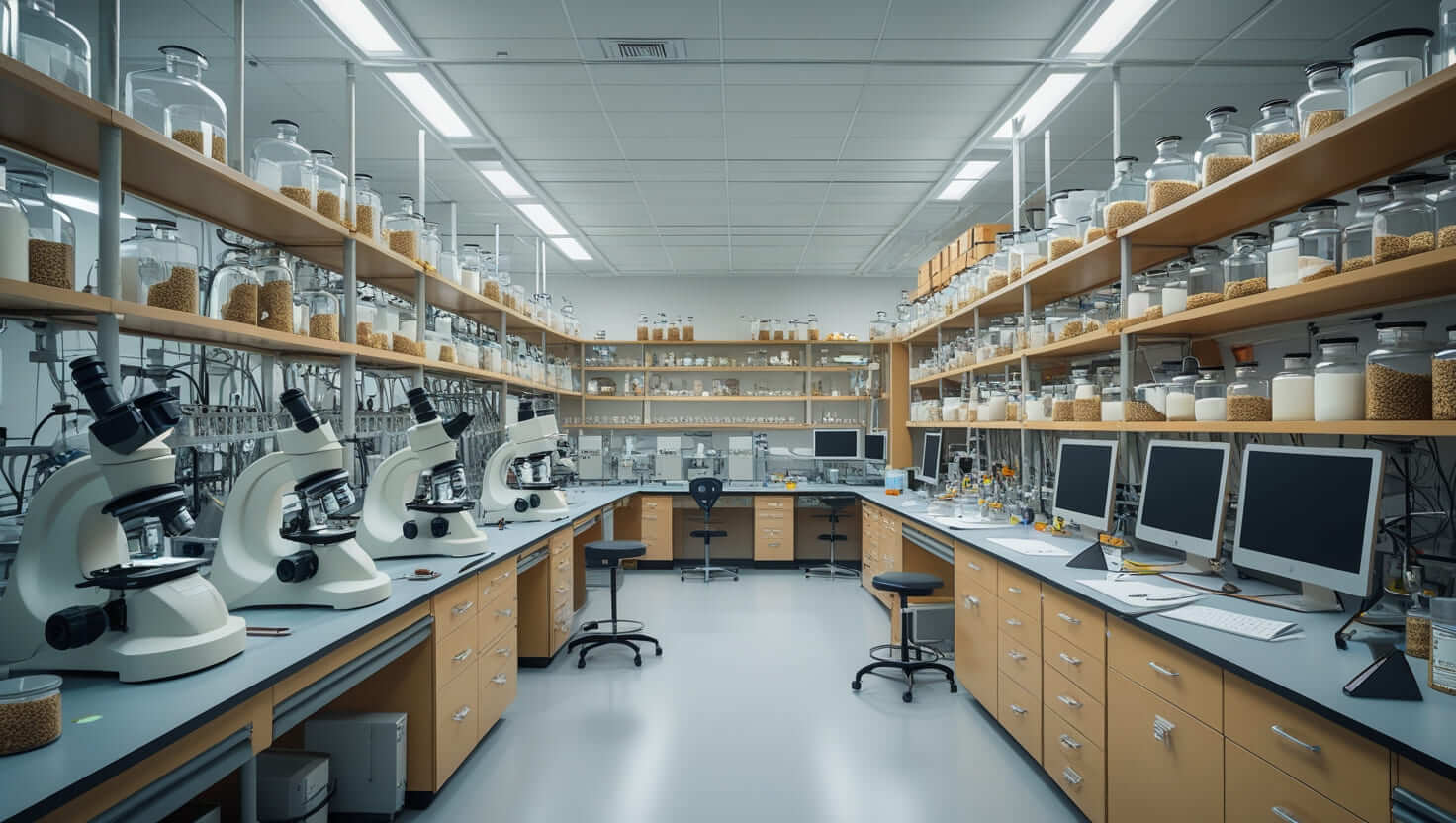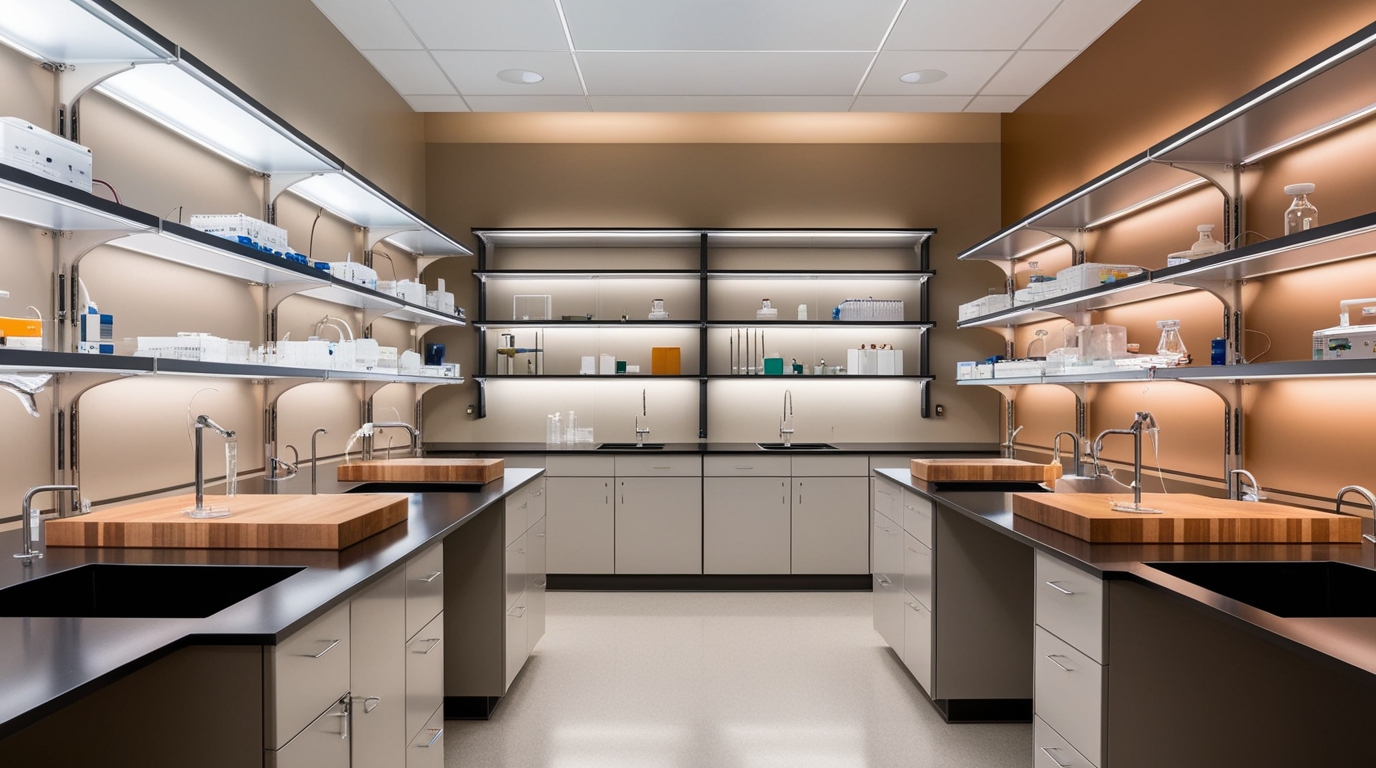
Setting up a new laboratory is a big and exciting step. Whether it’s for a school, hospital, research center, or company, a proper lab setup is key to getting good results and keeping everyone safe. But many people make mistakes along the way that can cause delays, add costs, or create problems later.
To help you get it right, here are the top 10 mistakes you should avoid during a laboratory setup.
1- Not Planning Properly
Good planning is the first and most important step. Many people rush into designing their lab without thinking about what they need. Take time to understand what work will happen in the lab, what equipment is needed, and how the space should grow in the future.
2- Forgetting About Safety Rules
Labs have to follow strict safety rules for things like chemical storage, ventilation, and emergency exits. If you don’t plan for these from the beginning, you could end up facing fines or even shutting down the lab later. Always put safety first during your lab setup.
3- Picking the Wrong Furniture and Equipment
Choosing cheap or unsuitable lab furniture can cause problems very quickly. Workbenches, cabinets, and lab equipment should be strong, long-lasting, and made for the type of work you’ll be doing.
4- Ignoring Airflow and Ventilation
Good air quality in a lab isn’t just nice to have — it’s essential. Poor ventilation can make people sick and can mess up experiments. When planning your laboratory setup, make sure you have a strong HVAC system that keeps the air clean and safe.
5- Not Thinking About Comfort
Scientists, students, or workers may spend hours inside the lab. If the furniture isn’t comfortable or if the layout makes it hard to move around, it can cause pain and reduce productivity. Think about ergonomic chairs, adjustable tables, and easy-to-reach equipment.
6- Not Sticking to the Budget
A lot of lab setup projects go over budget because people don’t plan carefully. Always make a detailed budget that includes hidden costs like maintenance, future upgrades, and emergencies. It’s smart to keep some extra money aside just in case.
7- Building a Lab That Can’t Change
Science and technology change fast. A rigid lab design can become useless in just a few years. Plan for flexibility — like movable benches or extra space — so your lab can adapt when needed.
8- Not Having Enough Storage
Storage is often forgotten until it’s too late. A messy lab is unsafe and inefficient. Make sure you plan for plenty of storage for chemicals, tools, papers, and safety gear.
9- Skipping Technology Planning
Modern labs need strong internet connections, secure data storage, and good wiring for devices. Don’t wait until the lab is built to think about this. Plan IT and network systems early in your lab setup.
10- Not Getting Help from Experts
Trying to set up a lab without help from professionals can lead to costly mistakes. Lab designers, architects, and engineers know how to build labs that are safe, efficient, and meet all regulations. Their advice is worth it.
Conclusion
Setting up a laboratory is a big job that needs careful planning. By avoiding these common mistakes, you’ll save time, money, and a lot of stress. Whether you’re building a brand-new lab or upgrading an old one, a smart laboratory setup can help you reach your goals safely and smoothly.
Take your time, plan well, and don’t be afraid to ask for expert help — your lab’s success depends on it.
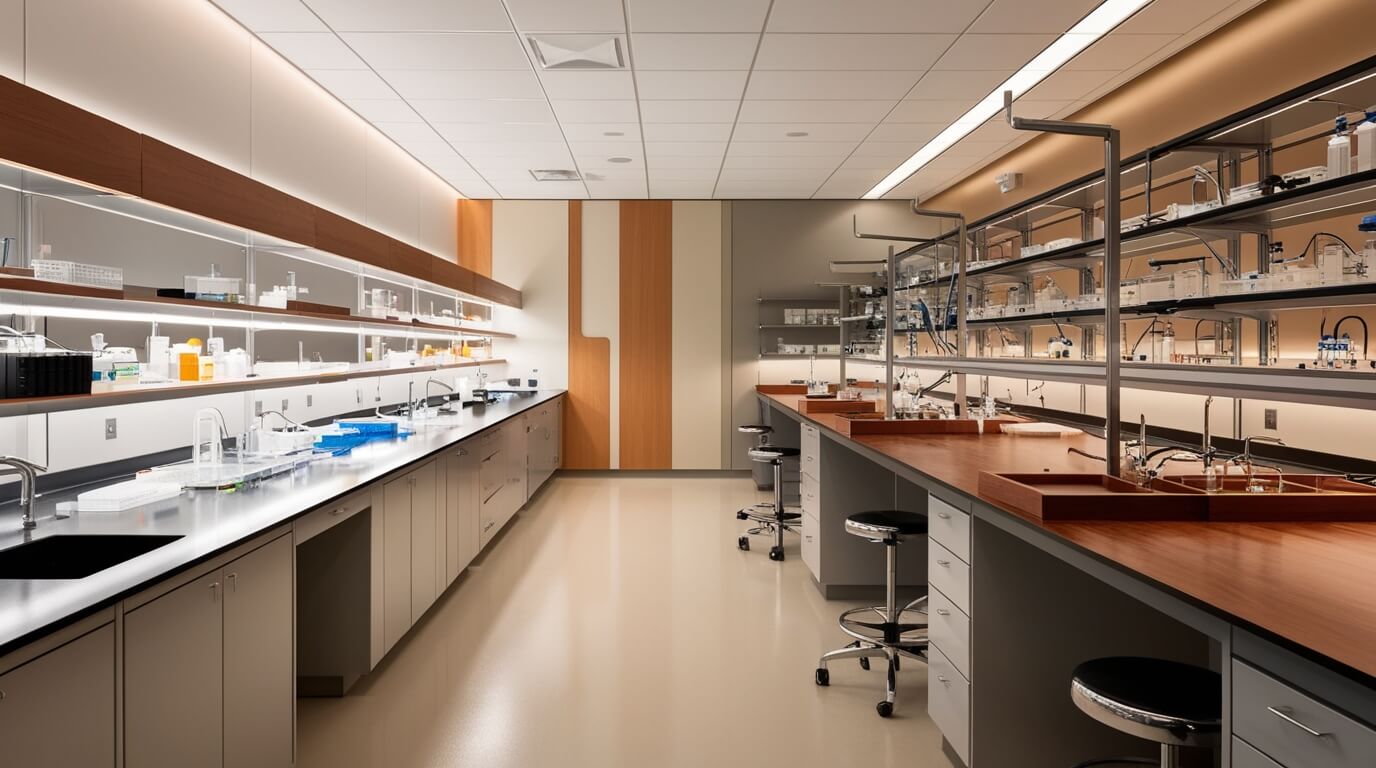
FAQs About Lab Setup Projects
Q1: How long does it take to set up a lab?
Answer:
It depends on how big and complicated the lab is. Some small labs might take a few months, while larger or more technical labs could take a year or more. Good planning makes the process faster and smoother.
Q2: What are the most important things to plan during a laboratory setup?
Answer:
Safety rules, space design, ventilation, quality furniture, enough storage, and a strong internet setup are the most important things. Also, plan for how the lab might change in the future.
Q3: How can I keep my lab setup on budget?
Answer:
Make a detailed budget that covers everything, even small items. Always include extra money for surprises. Working with experienced lab planners can also help you save money and avoid mistakes.
Q4: Do I need a professional lab planner for a small lab?
Answer:
Yes, even small labs can benefit from professional help. Experts can ensure your lab is safe, efficient, and built correctly the first time.
Q5: Why should I plan for flexibility in my lab design?
Answer:
Science changes fast! If your lab is flexible, you can add new equipment or change how the space is used without major problems. This saves you money and time in the future.

